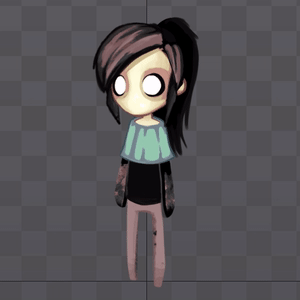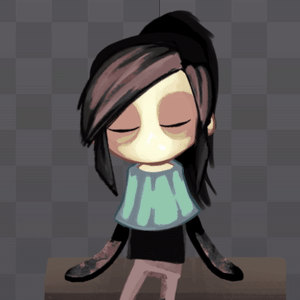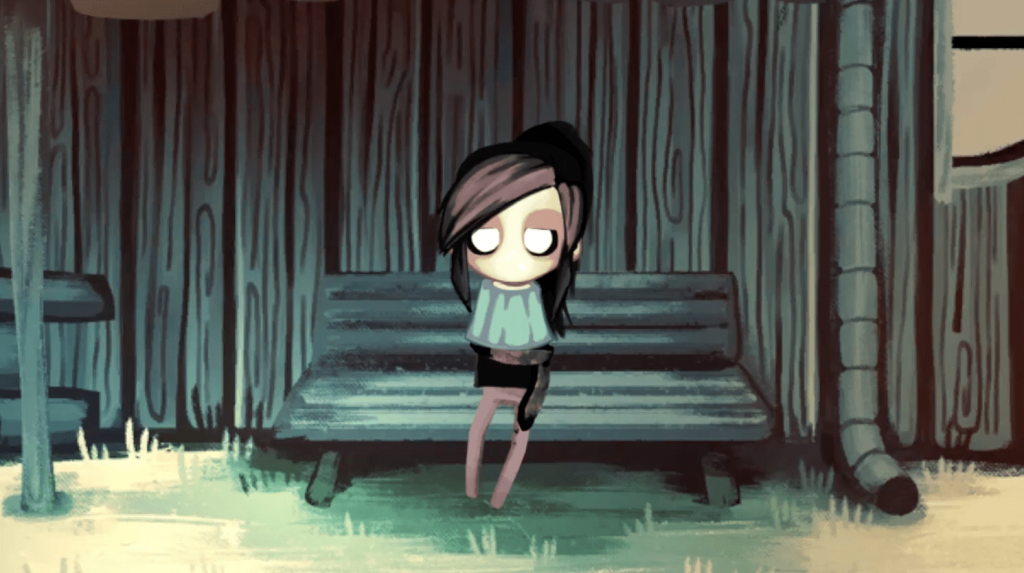Hi everyone!
? Woohoo, the reveal trailer for Children of Silentown hits 10K views on YouTube! ?
Thank you all for all the interest, the support and the love!
If you haven’t already, give it a look, smash that “like” button and… WISHLIST NOW!
Also, it’s time for a small update!
We are currently working on the animations and the expressiveness of our cute female protagonist.
To animate the characters of Children of Silentown (CoS for friends) we use an animation technique called “bone animation”, consisting of associating our characters’ graphics to a skeleton, and then moving it. This technique allows us to obtain incredibly smooth and fluid animations, opening up to many possibilities.
For our 2D animations, we use a program called Spine, which we had a chance to try out before and is now working very well for us in CoS.

But how does it work?
To create a character and it’s animations, we first split the character’s body into several parts – such as head, arms, legs, and torso – and save them as separate images. Each piece is then associated with one or more bones and, possibly, a mesh. The bones are used to move the pieces of graphics and they are influenced by the other bones. Just like a wooden puppet.
The mesh, on the other hand, makes it possible to deform the graphics. It can be tightened, crumpled or stretched. This, in particular, is very useful to prevent the pieces of the body from appearing disjointed from one another. Basically, the wooden puppet from before has now a spandex suit on it (a bit kinky, I know).
Once this part is finished, we have our character back in one piece and in Setup Pose.

Then we move into the animation itself. This is the point where we move further away from traditional, “puppet” animation. The keyword is: interpolation.
Assigning to every bone a “starting point” and an “arrival point”, Spine will complete and “fill in the gaps” of the animation for us. Since the software connects starting and arrival points with a straight line, the first iterations will probably look very rough and unnatural – but that’s only the start! With a little bit of patience, by adding more and more details the animation will improve immensely.
As mentioned before, this is a very different approach from the one of traditional animation, but once you get the hang of the program and of how to make it work, the experience with classic animation will be fundamental to make the characters come alive.
At the end of the whole process, the animations are then imported into the game. Here’s how they look once everything’s ready:

Once we’ve set up all the main, basic animations, we focus on trying to express the character feelings and mood through small gestures and expressions. Given the game’s peculiar style, a big part of the personality and behavior of the characters is defined through body language alone, so this is definitely something we want to focus on to give life to our characters and, ultimately, to our story.
This technique is helping us a lot give depth to our characters and fully take advantage of the creepy design style of our little adventure.
That’s all for now, stay tuned for the next blog post!
Cheers,
Elfs

